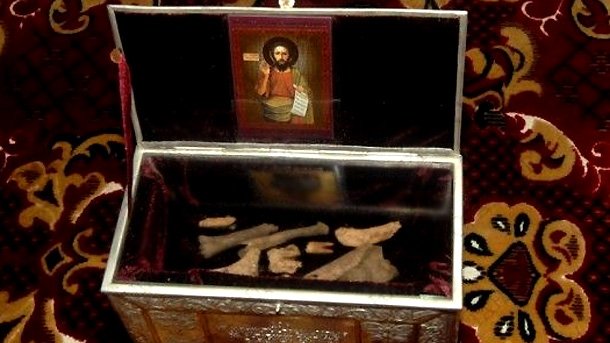
© Photo: archive

On August 29, the Bulgarian Orthodox Church commemorates the death of Saint John the Forerunner and Baptist - on this day the saint was beheaded. For the Church of Christ, Saint John the Forerunner is the greatest among the prophets, and therefore his..
This morning, in the Church of the Assumption of the Blessed Virgin Mary in the town of Delchevo, in the Republic of Macedonia, His Eminence Metropolitan Seraphim of Nevrokop led the holy liturgy, together with the superior of the Delchevo - Kamenichka..
Today, August 28, Bulgarians in many parts of the country celebrate the Assumption of the Theotokos in the old style calendar along with almost the entire Orthodox world. The Assumption of the Theotokos glorifies the immense love of the Mother of..

+359 2 9336 661
